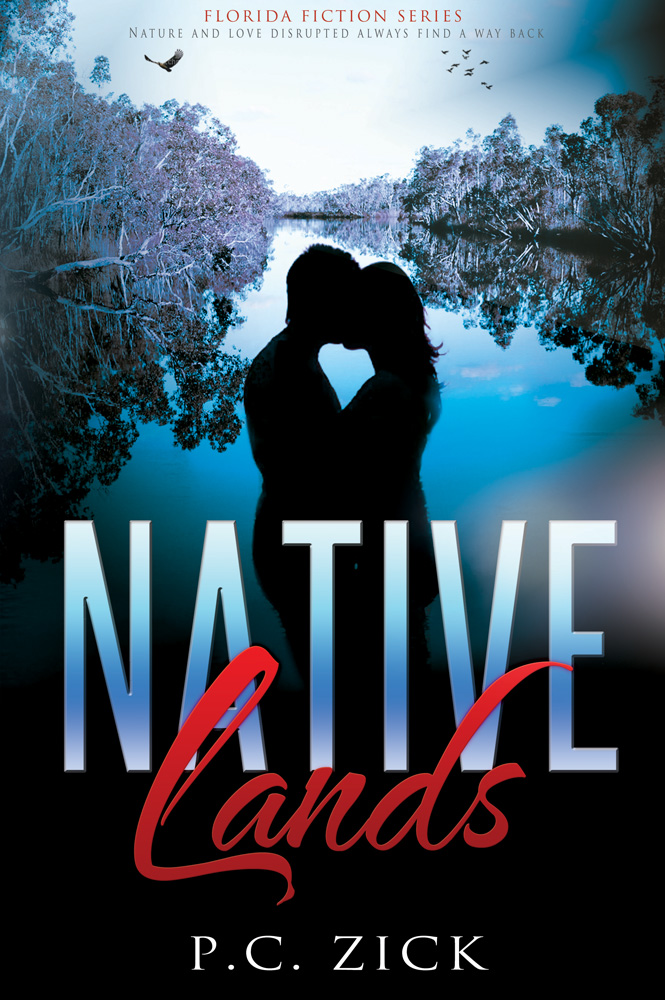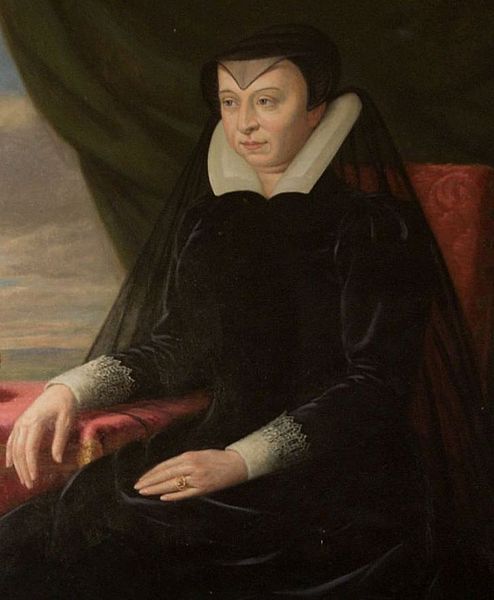If you’ve been following me on social media (And if you aren’t, why aren’t you? The links are right there in the sidebar!), then you know this week I’ve been focused on Halloween. So of course you’re expecting a post today—on Halloween— about the holiday. Right?
Wrong.
Today, I expect you’ll celebrate the holiday however you like (or maybe not at all), so you don’t need me to tell you what to do. Instead, I’m bringing in friend and fellow writer P.C. Zick to talk about her novel, Native Lands, and to share with us a scene that didn’t make the cut. (Lucky for us, she gave us a sample of what did make the cut, too.)
So, without further ado, I give you P.C.
Native Lands – The Cutting Room Floor
 My new release Native Lands made it through many twists and turns from its inception in 2006 to its publication this month. Eight years, three titles, and 40,000 cut words later, the novel finally made it to the publication stage this week. While the cutting room floor is littered with debris, not all is lost—the litter may very well become my next novel.
My new release Native Lands made it through many twists and turns from its inception in 2006 to its publication this month. Eight years, three titles, and 40,000 cut words later, the novel finally made it to the publication stage this week. While the cutting room floor is littered with debris, not all is lost—the litter may very well become my next novel.
The concept for Native Lands began when I was assigned a series of freelance articles that led me to research destroyed mangroves, endangered wildlife, and extinct tribes of native Floridians. As I read and traveled the peninsula of Florida in pursuit of the stories, I kept coming back to the connection all living things have with one another. I began writing a novel with the working title of Connecting the Dots. A member of my writers’ group at the time suggested the title was too clichéd. I knew he was right, but I kept it until a better choice presented itself.
When I needed to interview wildlife officers for more information about the Everglades for the novel, serendipity occurred. I accepted a job with the Florida Fish and Wildlife Commission as a public relations director. For four years, I interviewed and interpreted wildlife managers and officers. I didn’t work on Connecting the Dots, but I knew my day job was providing me with plenty of substance for my fiction.
When I pulled the novel out in 2012, I changed the name to Safe Harbors, which is the name of the development in the novel that threatens to destroy many parts of the state, including the Everglades.
I began finishing the first draft early in 2014. The Native American tribe, the Timucuans, thought to have become extinct in north Florida 200 years after the Spanish invasion, nagged at me. When I visited my daughter in St. Augustine where the Timucuan village of Seloy existed until around 1780, I felt ghosts moving the pen across my journal. I wrote scenes from Seloy in 1760 when the warrior Locka decides it’s time for them to move south before they do become extinct from disease and bullets.
Then the title Native Lands sprang to life as the final choice. With Locka’s story paralleling the story of 2012 Floridians fighting developers, I added nearly 40,000 words to the manuscript bringing it in at around 130,000 words—far too many for the majority of the reading public.
Between my beta readers and my editor, I knew I had to make some important changes. I fine-tuned the point of view so the reader clearly understood who the main characters and the antagonist were. I eliminated and combined characters. And I threw out anything that didn’t contribute to the movement of the plot toward the climax of the story. It was a grueling and painful process, and for days, I wondered if the book was worth saving.
Then I went to work. Once I had a clear vision in my mind of what I needed to do, the incisions into the plot became easier.
Recently I found an old blog post about Native Lands that I wrote soon after I started the drafting stage. I must have liked it enough to post it, but it’s a scene that’s now on the cutting room floor.
Barbara walked closer to the nest to inspect its size. She glanced back at the three young people now sitting on a blanket nearby. Sam turned toward her with his swimming trunks hiked up high on his thighs. She noticed the tattoo immediately. Her eyes drifted to Lori who sat facing the ocean, her bare back to Barbara exposing a similar tattoo.
 “Are your tattoos identical?” Barbara asked.
“Are your tattoos identical?” Barbara asked.
“Lori’s has a female protector over the heart. That’s the only difference,” Sam said.
“Our mom has one identical to mine,” Lori said. “She said it was a tradition in her family.”
“What about your father? Does he have one?” Barbara asked.
“He died when we were young,” Sam said. “We don’t remember him.”
Barbara asked no more questions, but as the rest continued talking about protecting the sea turtle nest, Barbara wondered how old Mike’s lost children might be.
Mangrove Mike did not speak of years and dates. He was the age of the seasons that ruled the moments of his life.
He often said life had no beginning; life had no end. It only existed now.
Why did I cut a scene I liked? The plot needed to move in a different direction. A friend of mine who was a successful author once told me if I loved a piece of prose too much, it probably meant it needed to go. He was trying to tell me to remove myself from my writing and view it with an objective eye. Just because I wrote it, doesn’t mean it’s chiseled into a rock. It’s been invaluable advice.
Native Lands reads much differently than the original novel I started in 2006. And there’s a file on my computer with 40,000 words of something that might just make its way into my next novel.
Here’s an excerpt from Native Lands that didn’t make its way to the cutting room floor. Locka prepares to lead members of his tribe to the Everglades from St. Augustine, Florida, in 1760:
 The entire party would consist of six couples, four warriors, and four young children. Four of the women bulged with new life. The night before departure, they gathered near the fire with the rest of the tribe. Chief Calumba and the shaman began the ceremony with prayers for the safe passage of the small tribe of Seloy. After the prayer, the Chief signaled for the four children to come forward to the fire with their parents.
The entire party would consist of six couples, four warriors, and four young children. Four of the women bulged with new life. The night before departure, they gathered near the fire with the rest of the tribe. Chief Calumba and the shaman began the ceremony with prayers for the safe passage of the small tribe of Seloy. After the prayer, the Chief signaled for the four children to come forward to the fire with their parents.
“We come here this evening to tattoo our young with the new symbol of the Seloys. They will carry this throughout their life, and with the help of their parents and the other members of this group about to leave our village, they will pass on their heritage to their own children.” He turned and bowed to the village shaman.
“This symbol represents the most sacred of animals,” the shaman said as he placed a long pole in the fire. At its tip, the pole held a sharpened shark’s tooth. “The marks for both female and male will be the head of the panther. Above the female’s symbol, a sun will shine down representing the sustaining force of the female. The male mark will show the crescent moon above the panther’s head to mark the passage of time and nature’s role in the life of our people.”
 P.C. Zick began her writing career in 1998 as a journalist. She’s won various awards for her essays, columns, editorials, articles, and fiction. She describes herself as a “storyteller” no matter the genre.
P.C. Zick began her writing career in 1998 as a journalist. She’s won various awards for her essays, columns, editorials, articles, and fiction. She describes herself as a “storyteller” no matter the genre.
She was born in Michigan and moved to Florida in 1980. Even though she now resides in western Pennsylvania with her husband Robert, she finds the stories of Florida and its people and environment a rich base for her storytelling platform. Florida’s quirky and abundant wildlife—both human and animal—supply her fiction with tales almost too weird to be believable.
She writes two blogs, P.C. Zick and Living Lightly. She has published three nonfiction books and six novels.
Her writing contains the elements most dear to her heart, ranging from love to the environment. In her novels, she advances the cause for wildlife conservation and energy conservation. She believes in living lightly upon this earth with love, laughter, and passion.
Contact and Purchase Links:
Amazon Page: http://www.amazon.com/P.C.-Zick/e/B0083DPN4E/
Amazon UK Page: http://www.amazon.co.uk/-/e/B0083DPN4E
Barnes & Noble (Nook): http://www.barnesandnoble.com/c/p.c.-zick
Apple iBooks: https://itunes.apple.com/us/book/id916306797
Kobo: http://store.kobobooks.com/en-US/search?query=P.C.%20Zick&fcsearchfield=Author
Website: http://www.pczick.com












